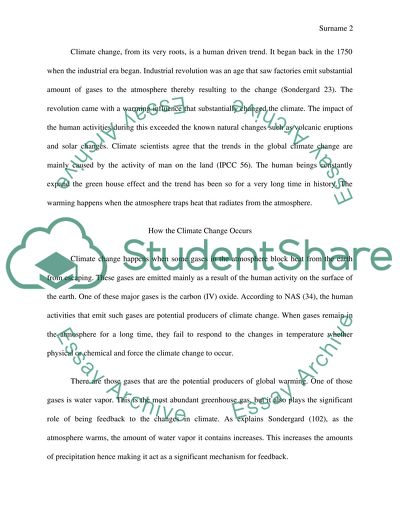Cite this document
(“Is global climate change man-made Research Paper”, n.d.)
Retrieved from https://studentshare.org/english/1630761-is-global-climate-change-man-made
Retrieved from https://studentshare.org/english/1630761-is-global-climate-change-man-made
(Is Global Climate Change Man-Made Research Paper)
https://studentshare.org/english/1630761-is-global-climate-change-man-made.
https://studentshare.org/english/1630761-is-global-climate-change-man-made.
“Is Global Climate Change Man-Made Research Paper”, n.d. https://studentshare.org/english/1630761-is-global-climate-change-man-made.


